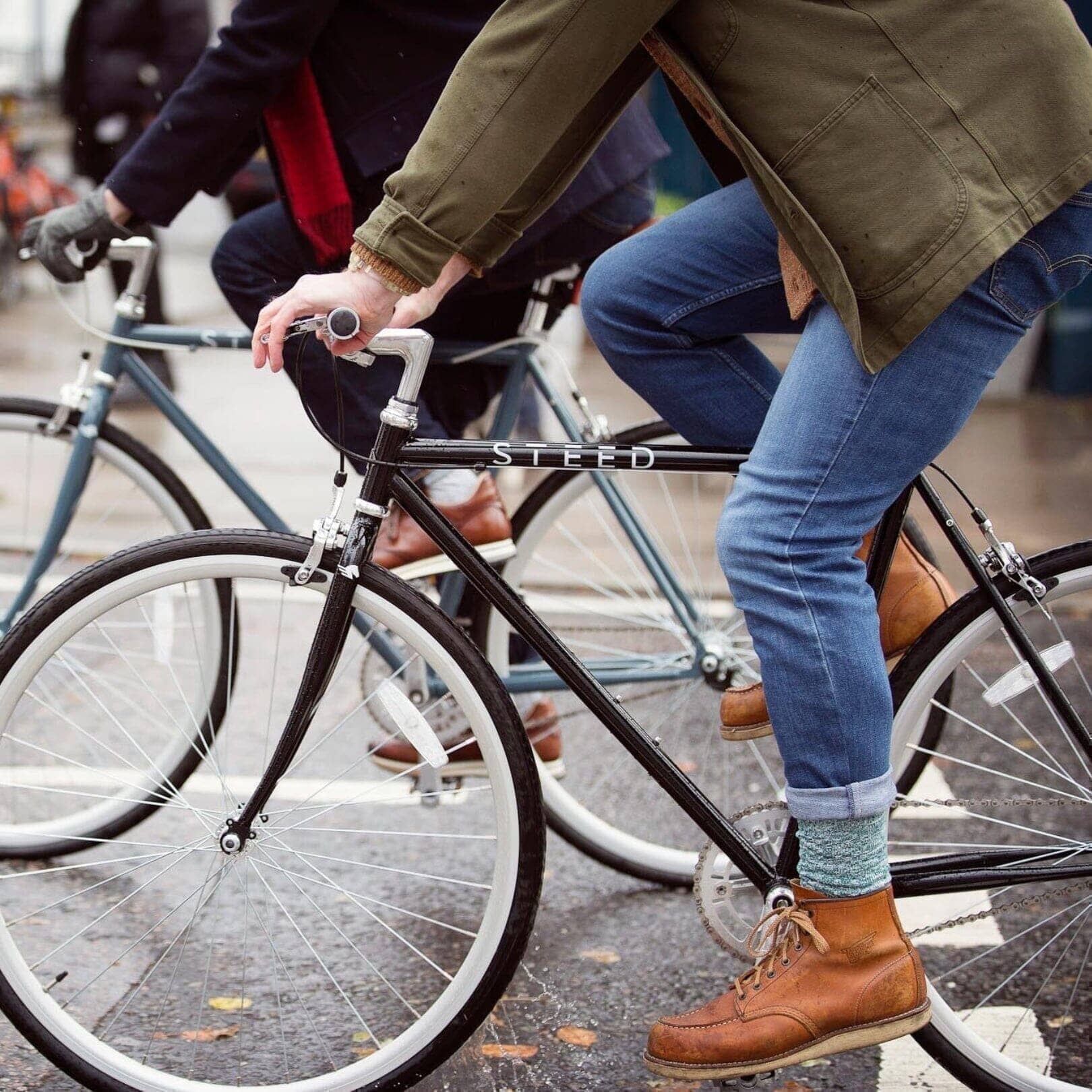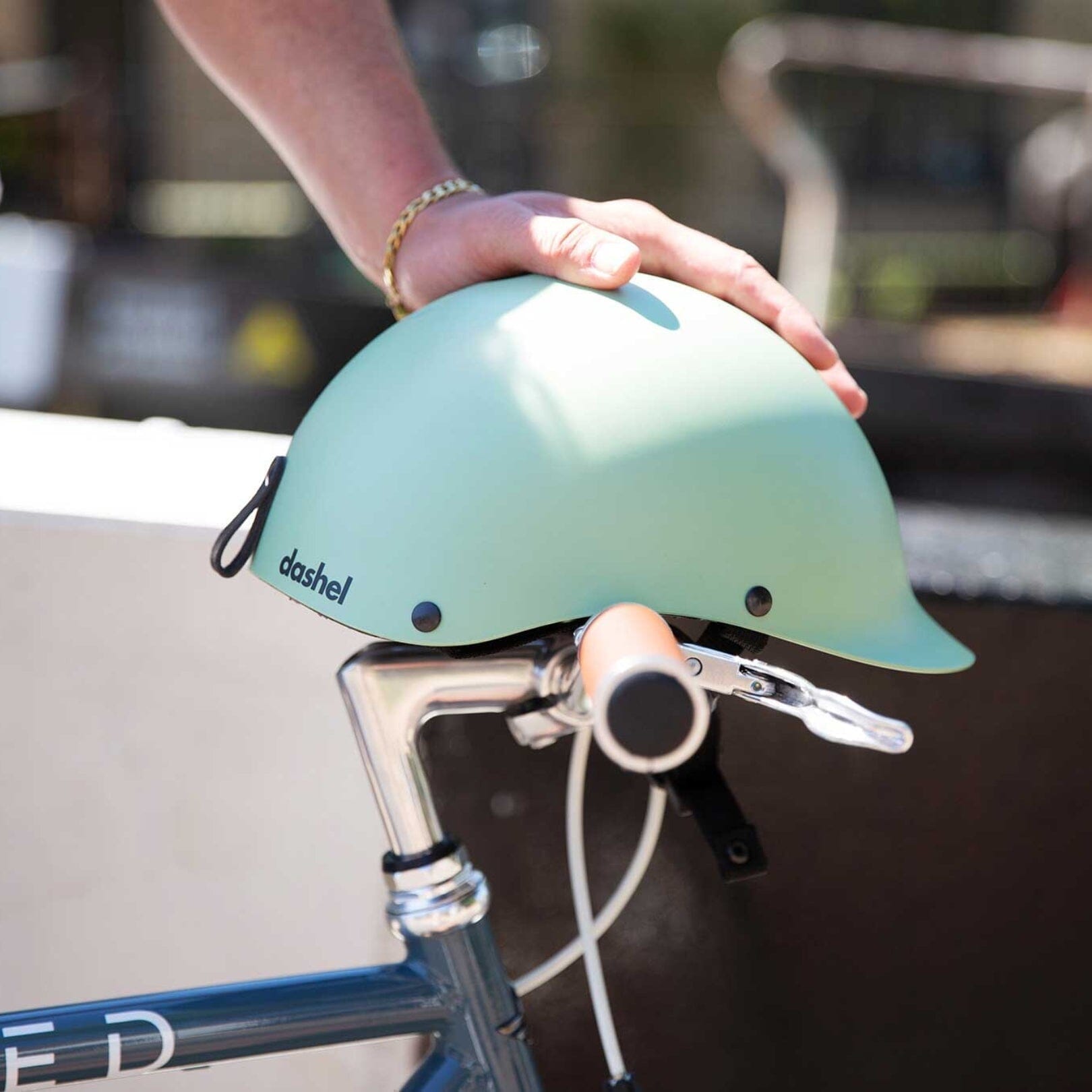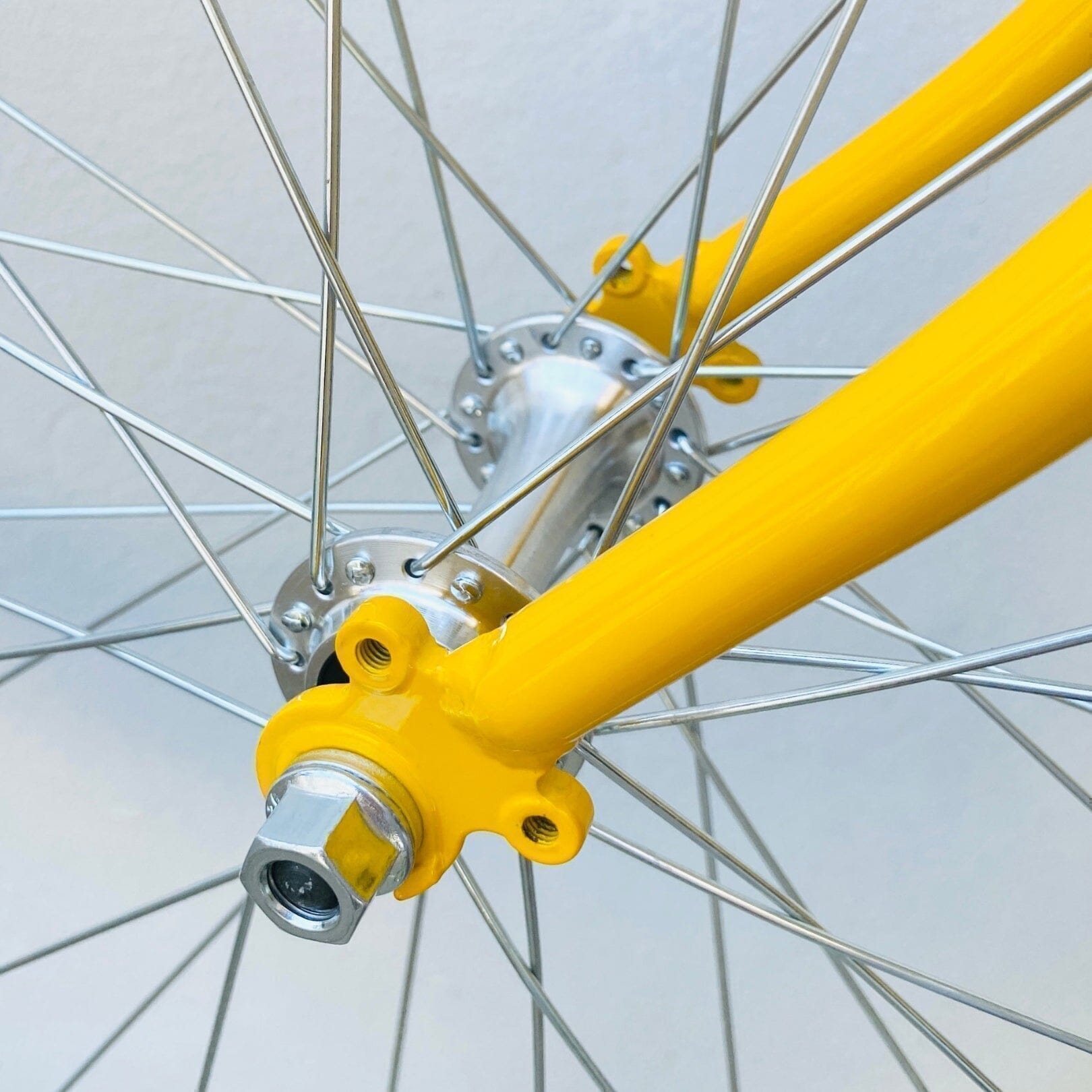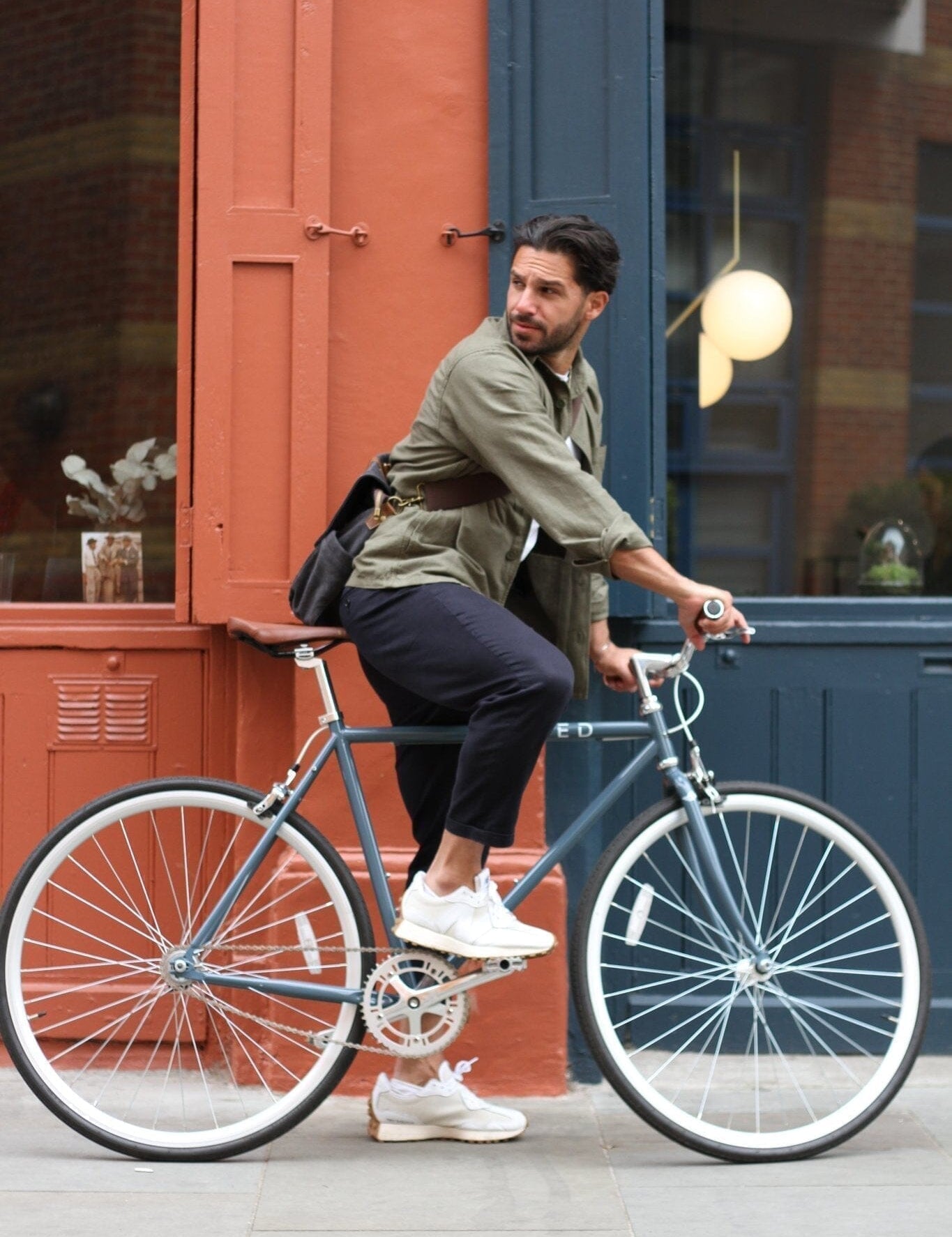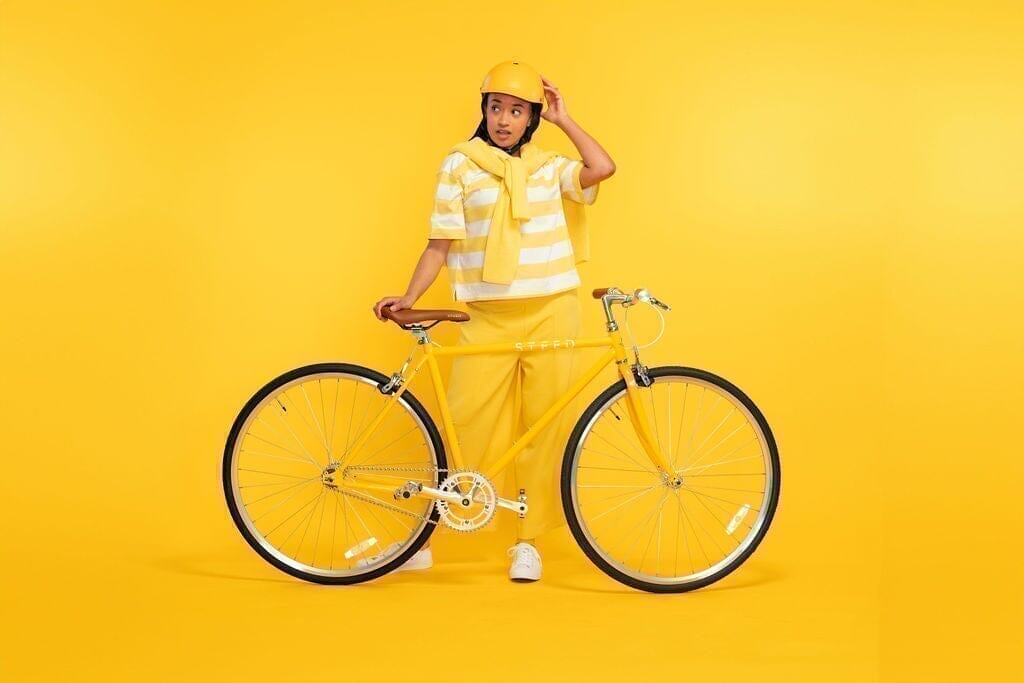Top 5 problems for urban cyclists
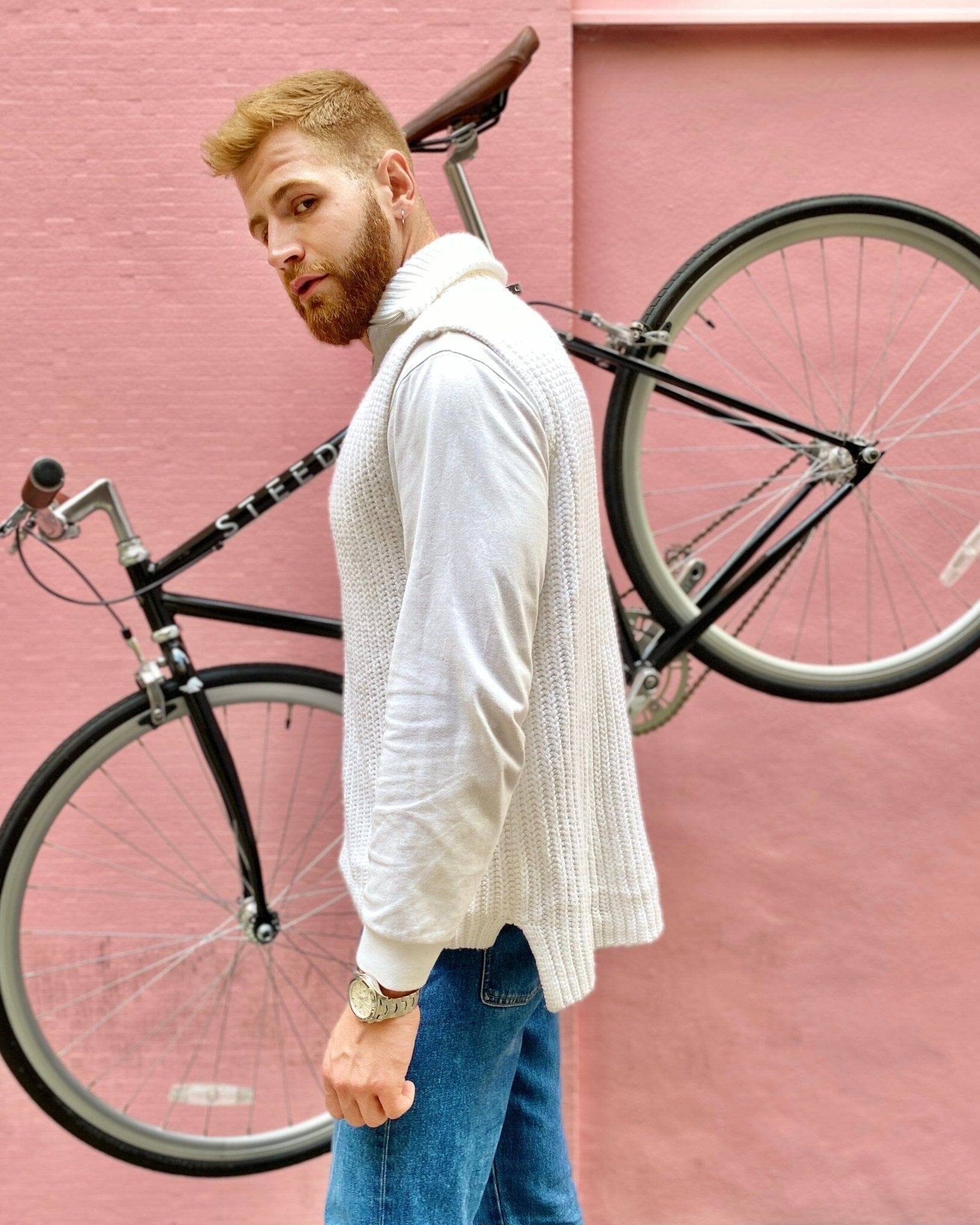
Cycling is awesome. You get to explore new places and travel for free, all whilst getting in a good workout. The convenience, the health benefits and the community vibe that comes with it are just a few of its many advantages. Unfortunately, there are also things that make daily cycling more dangerous than it should be.
As an urban cyclist, it is essential for you to understand and learn the safety guidelines so you can avoid the most common problems when cycling in the city. Read on for the top 5 problems for urban cyclists and how to deal with them like a pro.

What factors increase the danger for cyclists?
The number of urban cyclists on the road is increasing every year. This is good news, as it means more people are choosing to ride their bikes instead of driving. But with more cyclists sharing the road with cars, trucks, motorbikes and buses, there's also an increased risk of collisions.
Here are some factors that increase the danger for urban cyclists:
- Lack of traffic lights at intersections. Many intersections don't have traffic lights for cyclists. This can be dangerous as it means that drivers and cyclists have to set off together causing issues with visibility, right of way and congested roadways.
- Poorly maintained roads and paths. If you're cycling on a bad road or path, it can be very hard work and dangerous as well. This is when it is essential you carry the bike tool kit that every cyclist should have.
- No bicycle lanes or designated cycle paths. This is especially true in cities where there are lots of cars but very few cyclists.
- Too many parked cars along the side of the road. This forces cyclists into the centre of the road and into the path of vehicles.
Top 5 problems for urban cyclists
Cyclists can be frustrated by a number of issues when riding in urban areas. Here are five of the most common problems for cyclists:
1. Vehicles honking their horns at bikes.
The urban cyclist is all too familiar with this problem. It's the kind of thing that makes you want to throw your hands up in frustration and yell at the driver, but it's better to just stay calm, let it go and carry on riding.
2. Pedestrians crossing without looking.
Pedestrians who step into traffic without first looking left and right are a big hazard for cyclists, especially those who are riding on busy streets with high vehicle traffic. Pedestrians often use their ears to cross instead of their eyes. If they don’t hear a vehicle engine they assume it's safe to cross. Be on the lookout and always give anyone who looks like they may be heading into the road a wide berth.
This is where pedestrian/cyclist awareness campaigns would help educate both groups about how to coexist safely on city streets.
3. Scooter riders using the bike lane.
The bike lane is for bikes. Scooters are fun and convenient, but they're not meant for biking. When scooter riders use the bike lane, it can be dangerous because they're moving at high speeds and can potentially cause an accident with a cyclist who has no way of seeing them coming around the corner.
4. Cars turning without indicating.
Cyclists have to share the road with cars, trucks and buses. When a car is about to make a turn, it should signal its intentions by flashing its indicators.
Unfortunately, many motorists ignore this important safety rule, making it difficult for cyclists to anticipate their movements and avoid collisions. In the absence of indicators being used, watching out for their wheels turning can sometimes alert you to a vehicle turning.
5. Cars parking in the bike lane.
Bikes have a hard time navigating around cars parked in the bike lane, which forces cyclists into traffic where they may get hit by another car. It is illegal for cars to park in bicycle lanes, but unfortunately, there are still people who ignore this rule. If it happens often, contact your local council who should be able to assist.
Safety guidelines every urban cyclist should know
Cycling is a great mode of transportation and exercise, but it's important to know the safety guidelines for urban cycling.
As a cyclist in an urban setting, you share the road with cars, trucks, buses and other vehicles. This means that you have to be extra cautious when riding your bicycle. Here are some safety guidelines every urban cyclist should know:

1. Keep an eye out for traffic at all times.
Cyclists should always be alert to the traffic around them — even when it seems like there's nothing coming.
Always keep one ear open for sirens and honking horns, which can indicate that cars are moving in your direction. Additionally, always make sure to look over your shoulder before turning or changing lanes.
2. Stay out of the way of car doors.
Car doors are one of the most common causes of cyclists' injuries — and they're easy to avoid.
Always pass parked cars on the right side and avoid getting too close to them in case someone opens their door without looking first (which is surprisingly common).
3. Exaggerate body language and make eye contact.
One of the best things you can do to be safe while cycling is to use your body language correctly. When you’re riding in traffic, exaggerate your body language as much as possible so that you’re clearly visible to other road users.
This means holding your head up, waving your arms, and making eye contact with pedestrians and drivers. Make sure that they see you and know where you are at all times!
For example, when passing a pedestrian or another cyclist, give them a heads-up by waving your hand and saying "on your left."
4. Always wear a helmet and wear bright clothing at night.
Wearing a helmet is an essential part of riding safely and defensively as a cyclist — especially if you’re commuting or if your route takes you through heavy traffic areas. We recommend Dashel Helmets. Made in the UK and fully recyclable, they’re light, safe and comfortable. They look great too!
But it's also important to be visible to drivers on the road at night, especially when there isn't much light around you. Brightly coloured clothing can help drivers see you clearly, and if possible, invest in some reflective gear. Pedal&Co's jackets are fashionable and durable, made in East London using eco-friendly materials.

5. Pass behind pedestrians, not in front of them.
If you're about to pass someone walking in the same direction, wait until there's a clear path and then pass behind them. This will prevent the pedestrian from having to step off the sidewalk or into traffic to get out of your way.
Frequently asked questions (FAQs)
We are here to help you make the most of your ride. If you can’t find the answer you need in our FAQs, please contact us via phone or email.
When do most bicycle accidents occur?
The majority of bicycle accidents occur during the hours of 8 am-9 am and 3 pm-6 pm. This can be explained by a few factors. The first is that there are more cyclists on the road during these times as people are commuting to work or school. The second is that drivers are more likely to be distracted and in a rush during this time, especially if they are commuting to work or school as well.
At an intersection, who has the right of way if riding in the bike lane?
The cyclist has the right of way.
When a cyclist is travelling straight through an intersection, he or she generally has the right of way over vehicles turning onto or off of the road that intersects with the bike lane.
Key takeaways
Whether you're a seasoned urban cyclist or planning your first foray into urban cycling, it's good to know what to expect. Problems are inevitable in the cycling world, but that doesn't mean you have to stop riding.
Of course, there are ways to deal with these problems, and you can start by simply being aware of them.
Always be on the lookout for these dangers, plan ahead and try to find workarounds when possible. When you're riding through a busy city, you cannot allow yourself to get distracted – no texting, no checking social media, or anything else that might take your mind off the road.
By following these simple pointers and guidelines, you'll have a much safer, enjoyable ride!
0 comments


